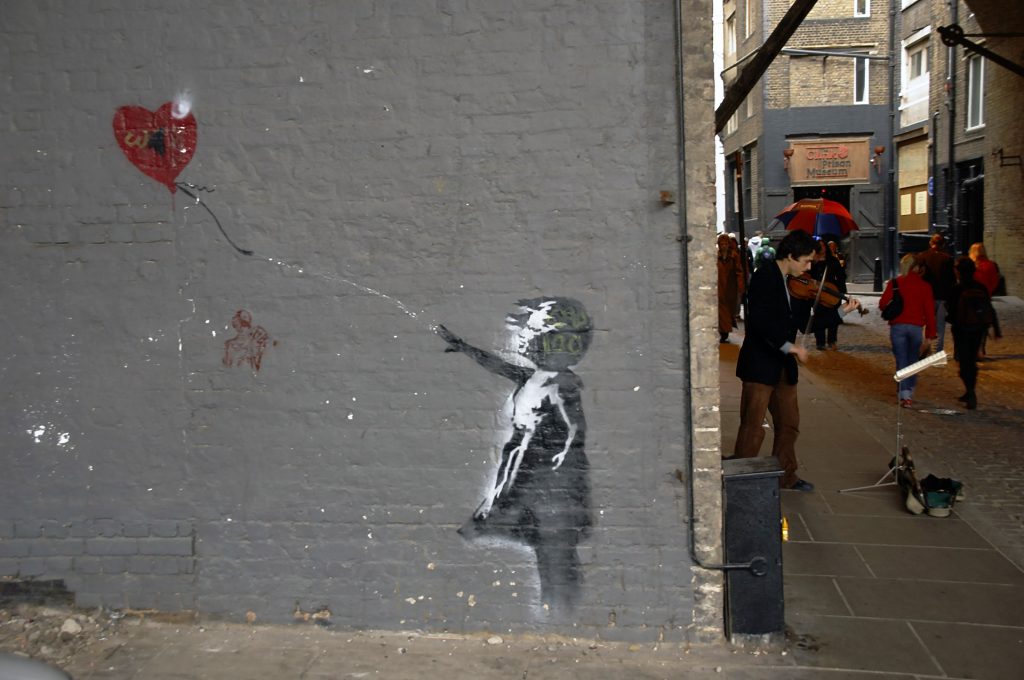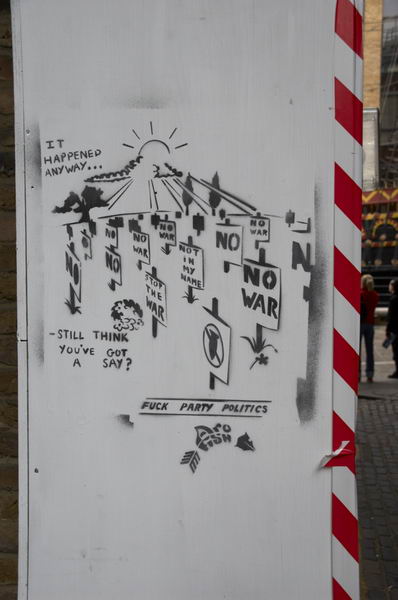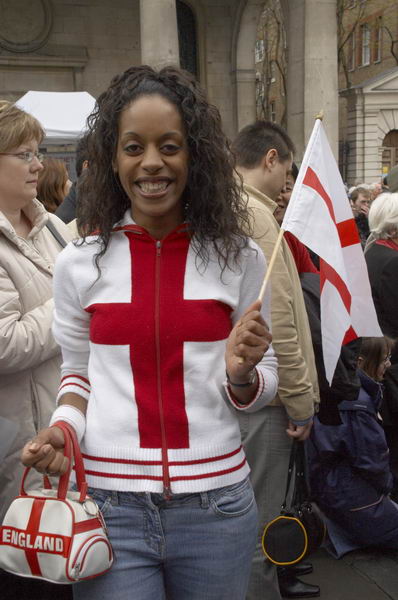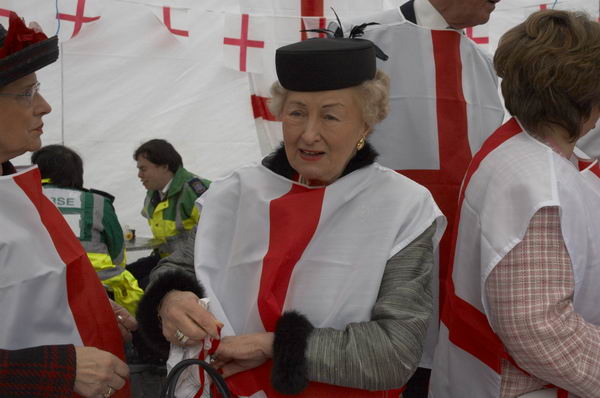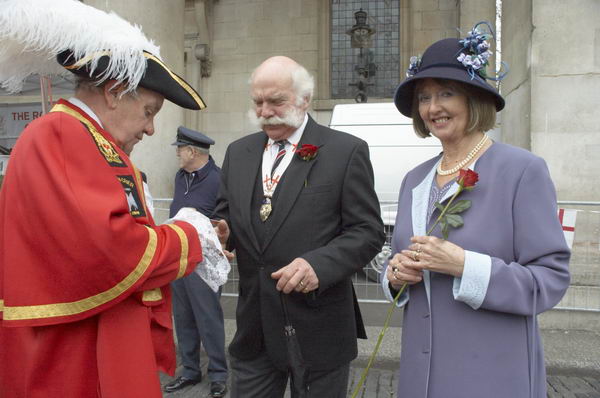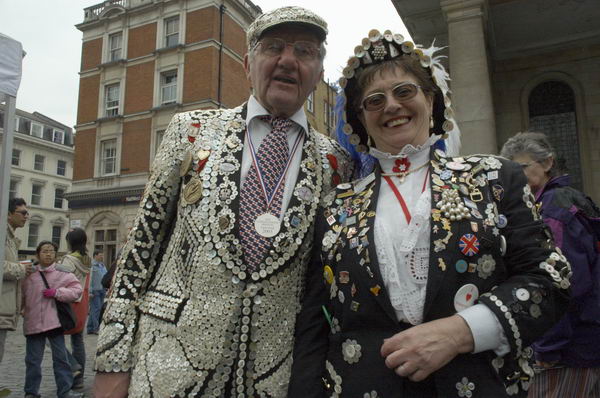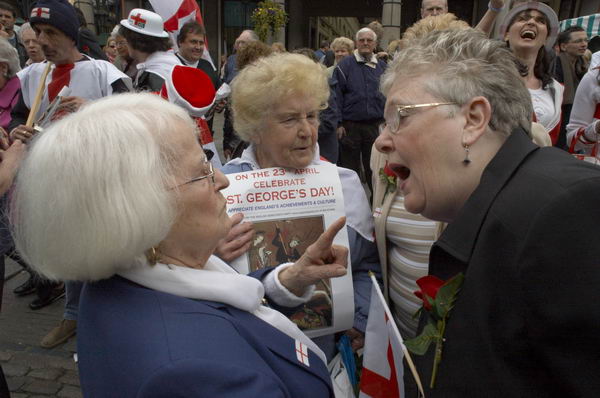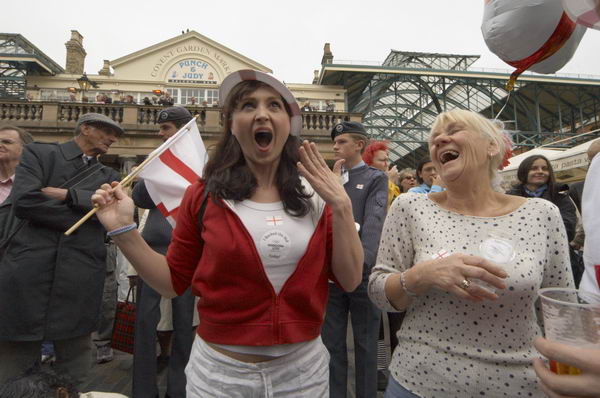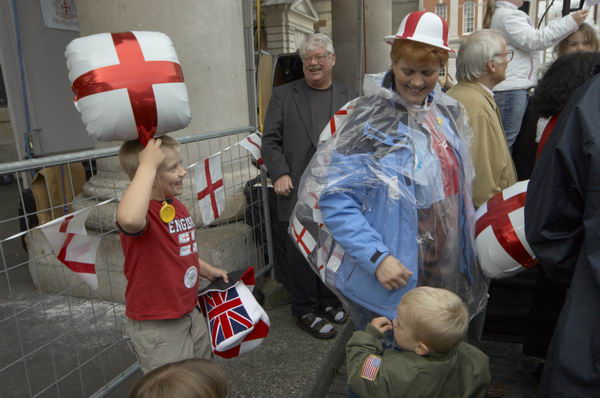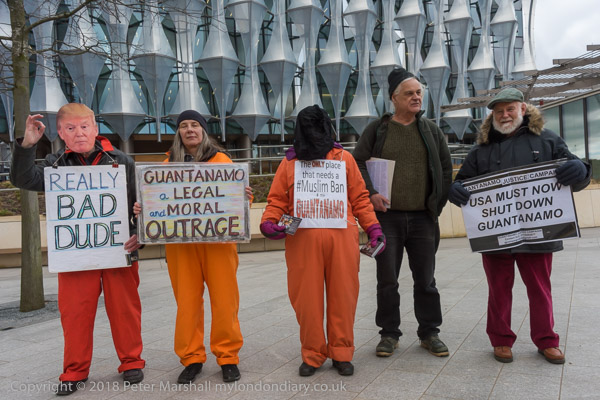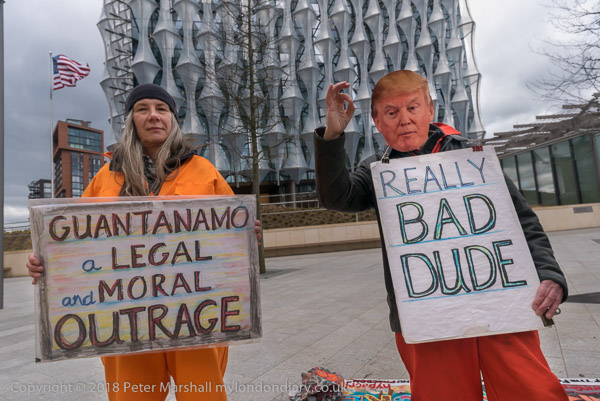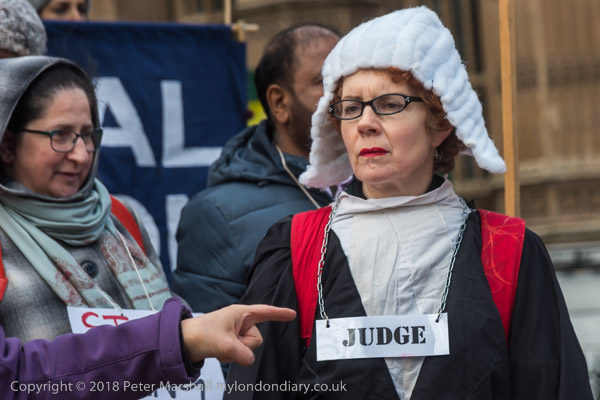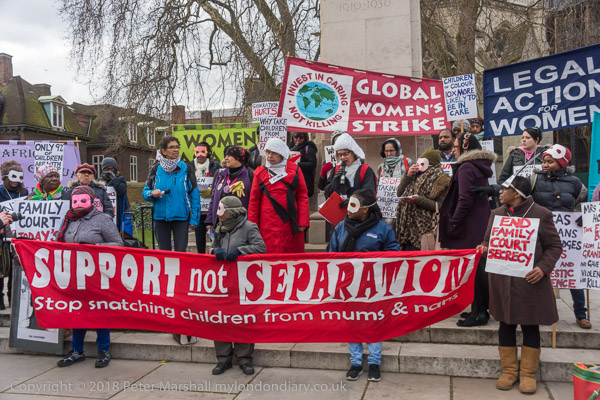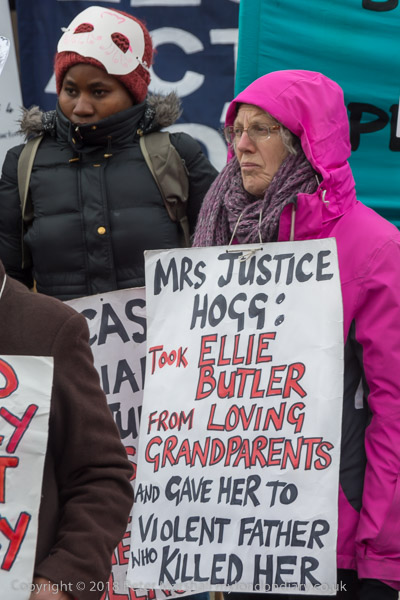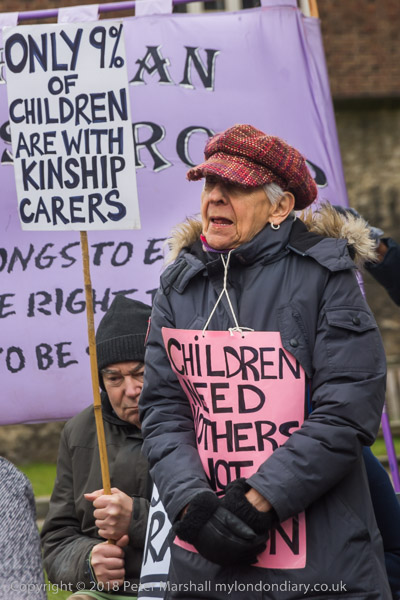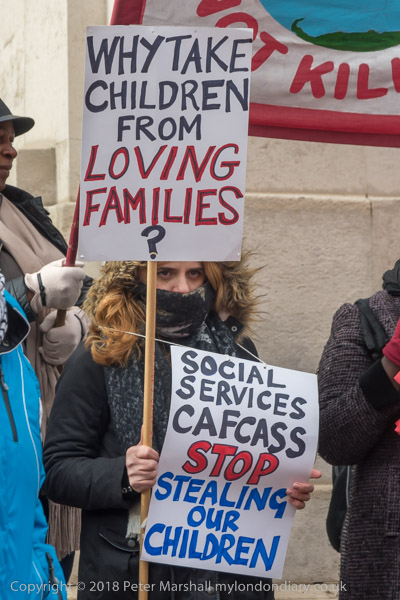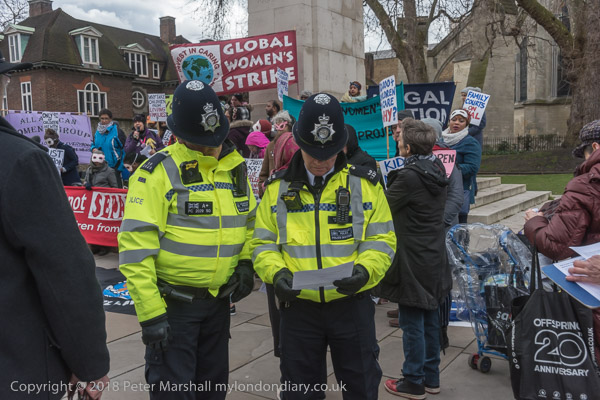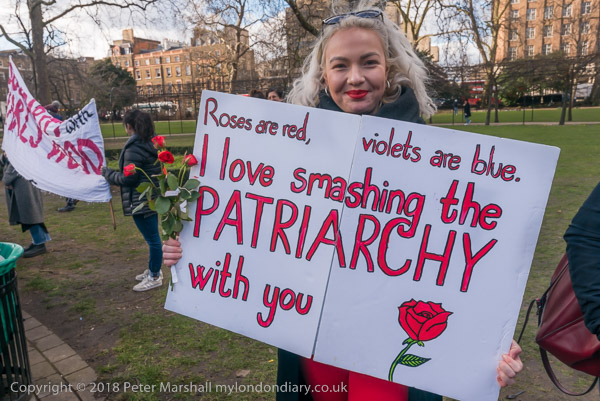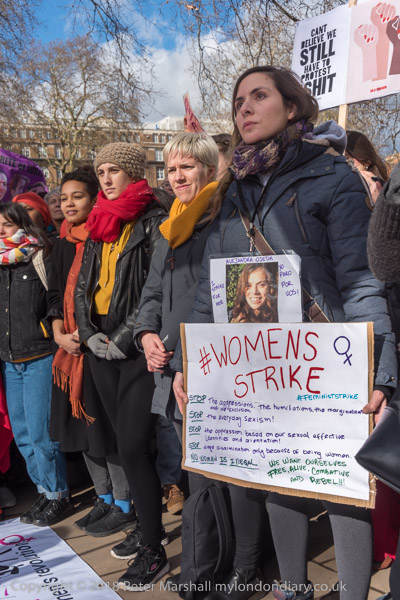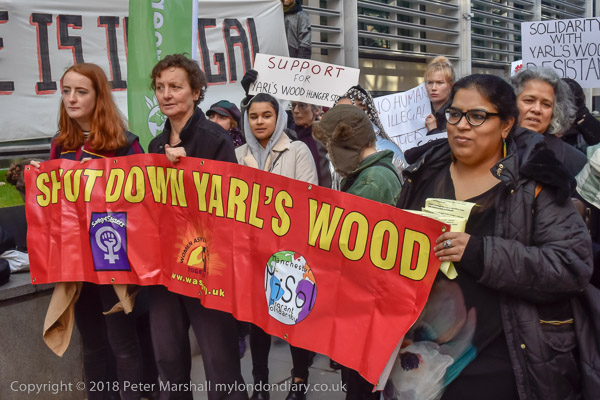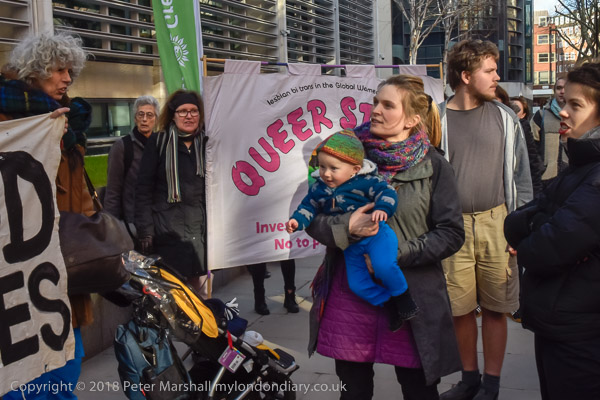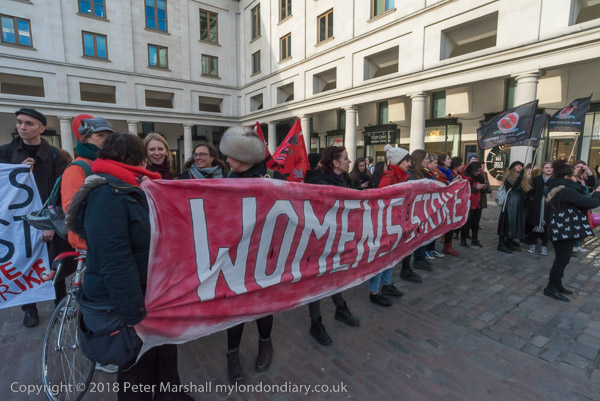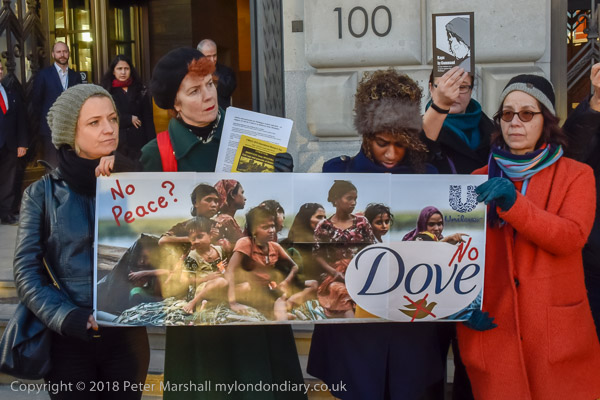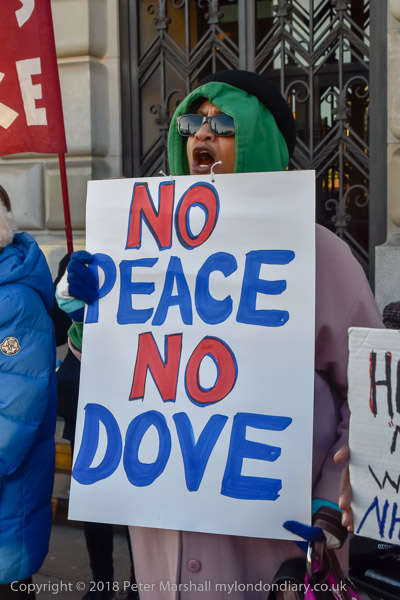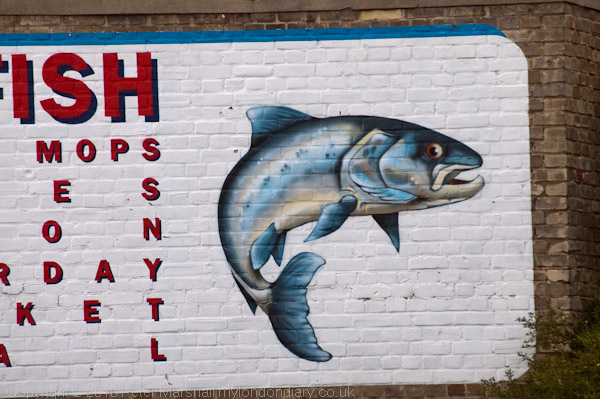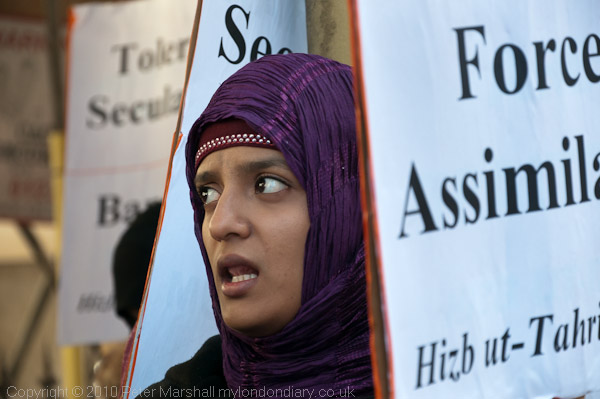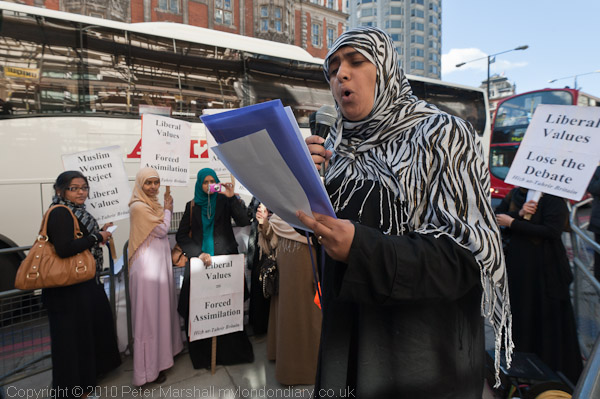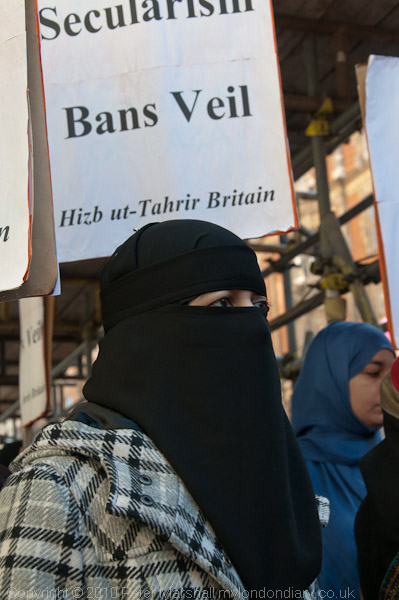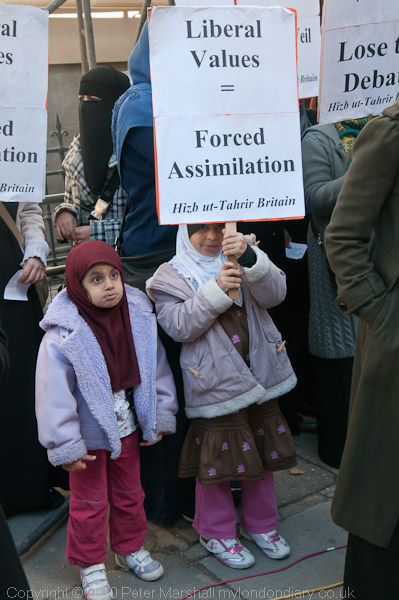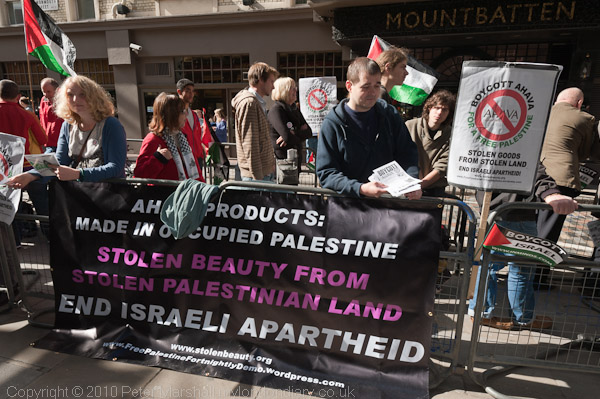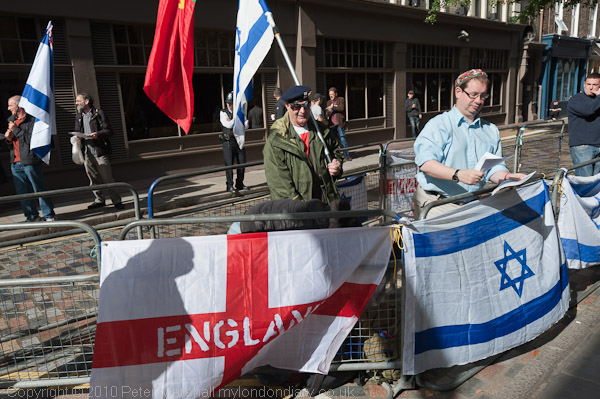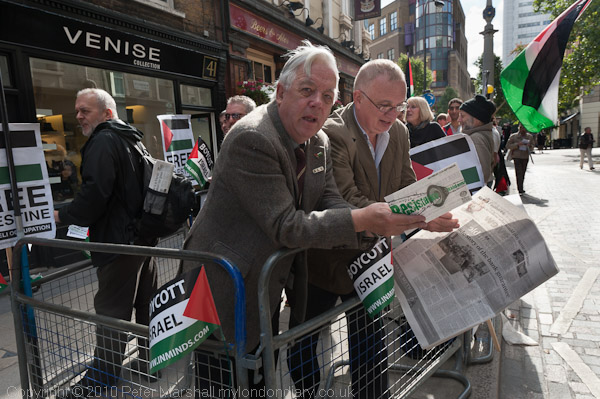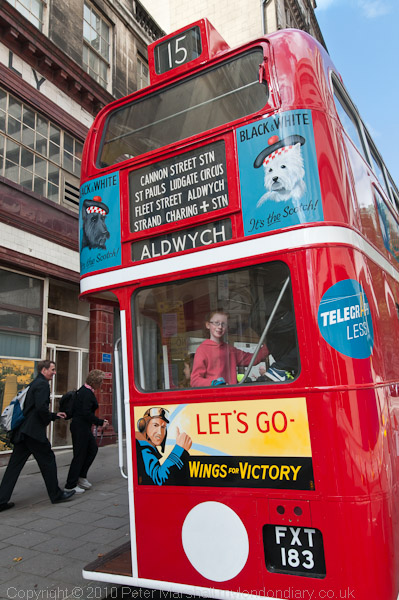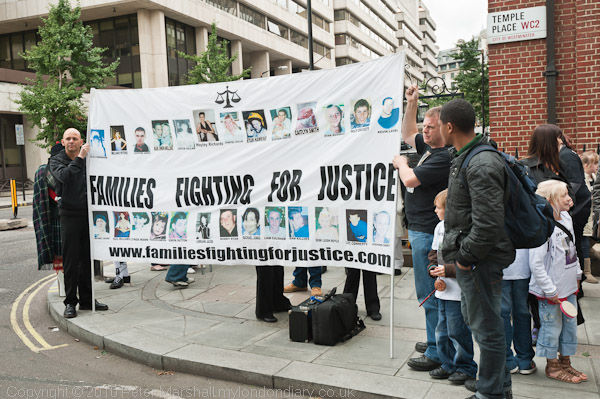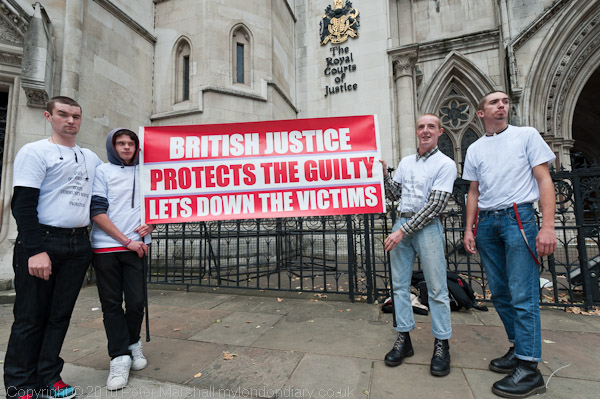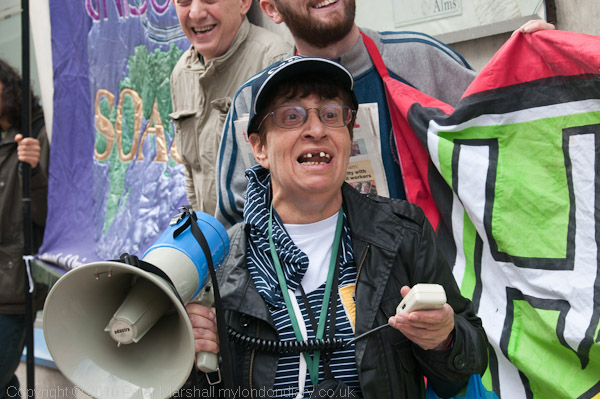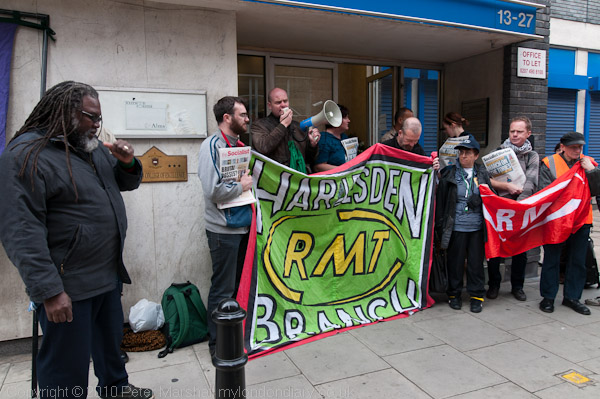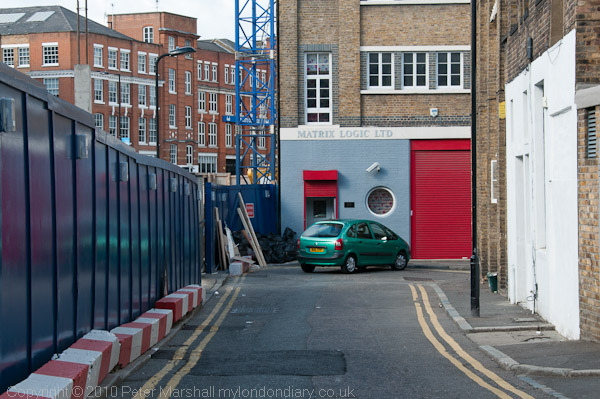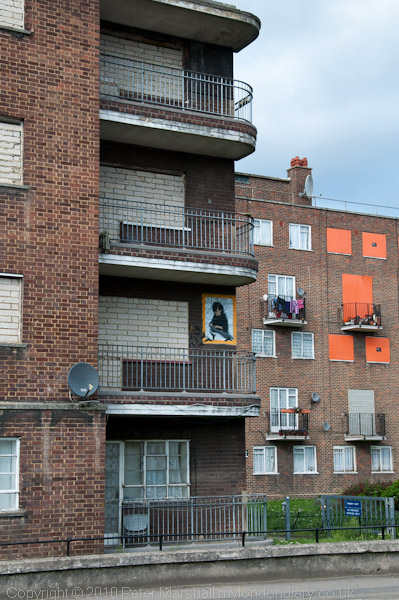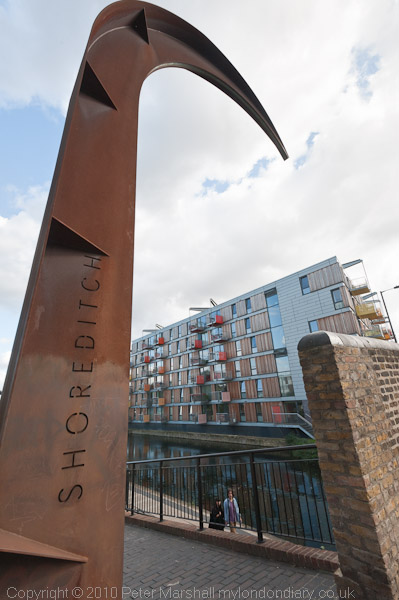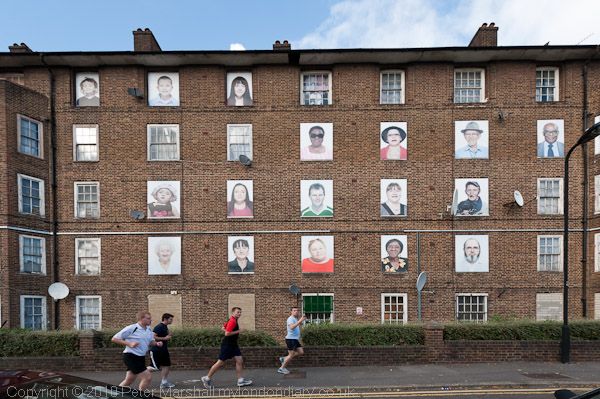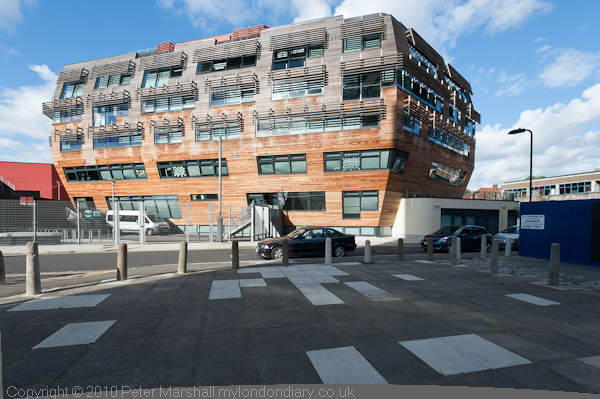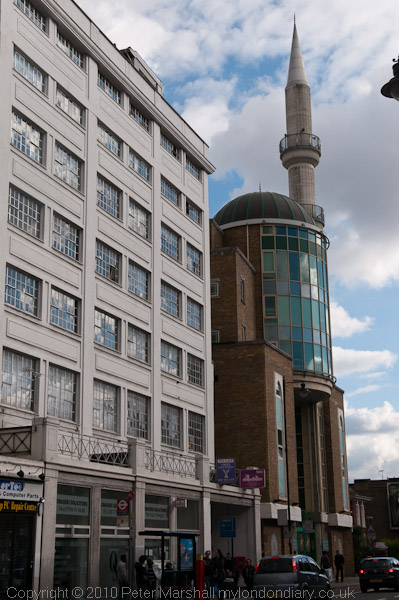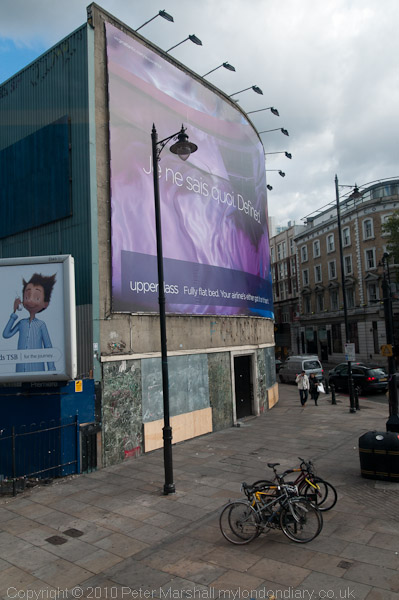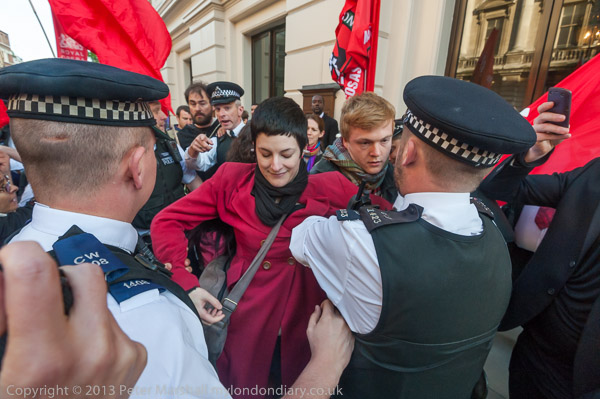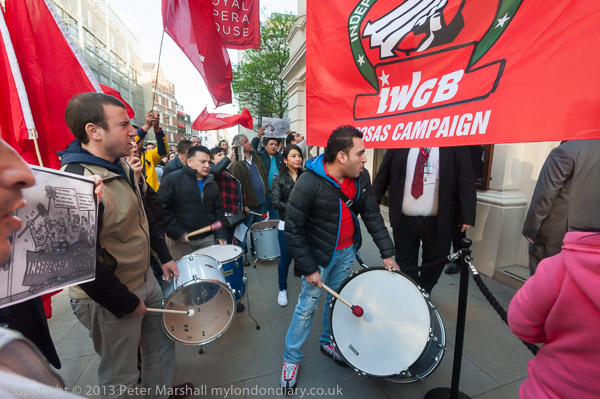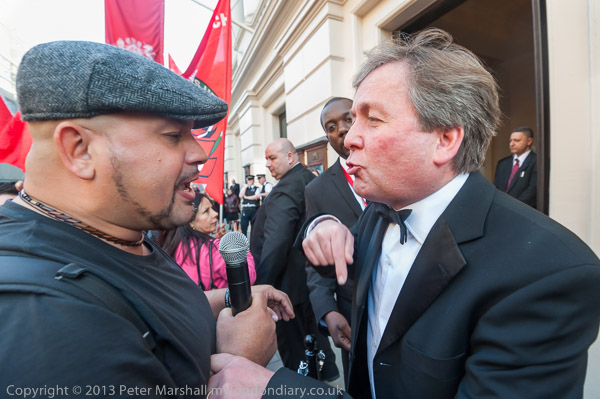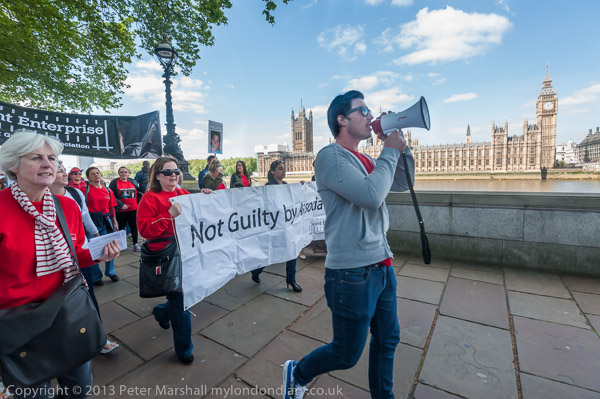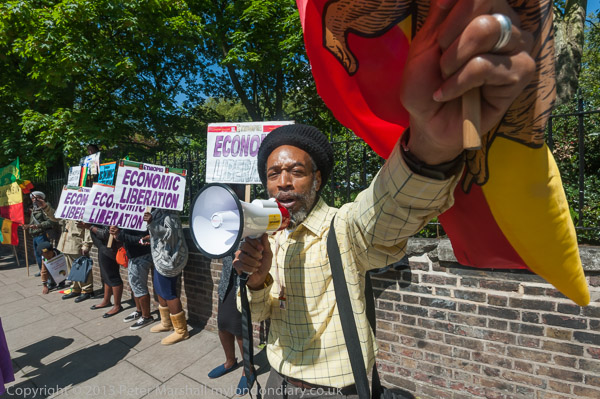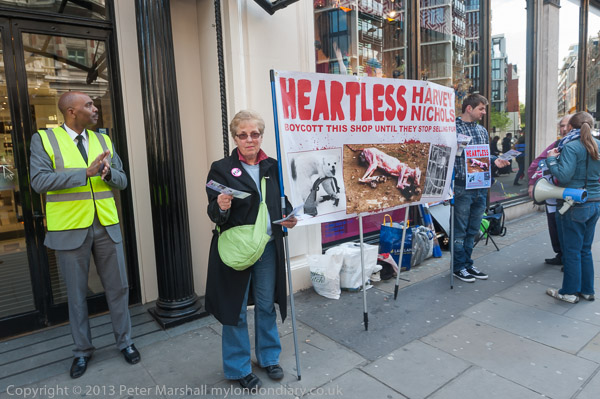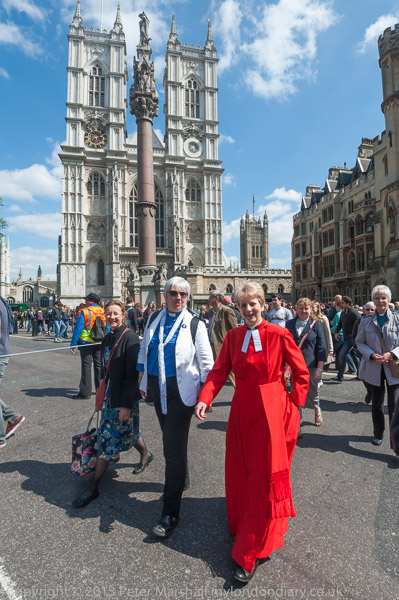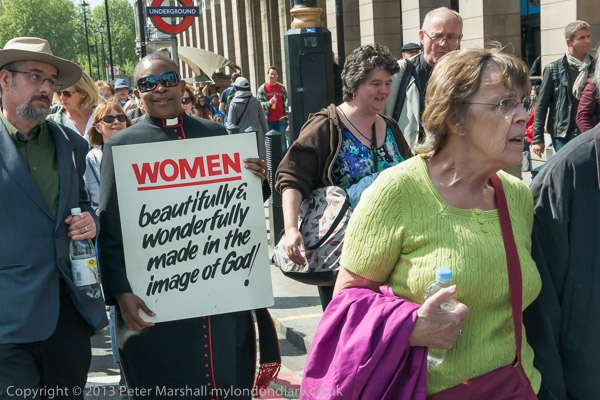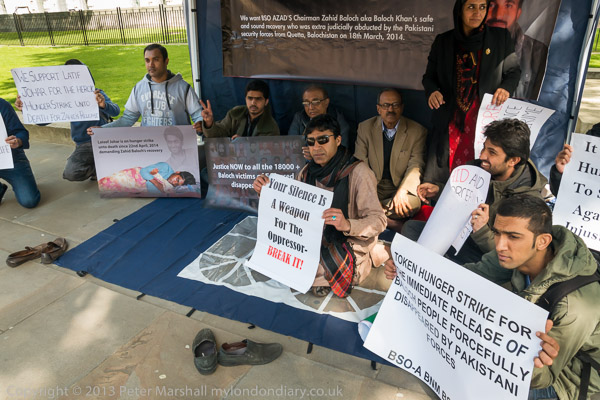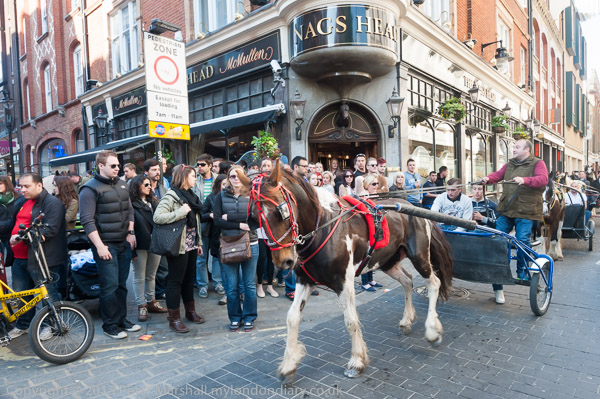Punch, Morris, Nakba & London May Queen: Saturday 12th May 2012 was an unusually busy day for me, rushing from Covent Garden to Westminster and then out to Hayes Common. There were two very different events I was determined not to miss, the Nakba Day protest at Downing Street remembering the anniversary of the eviction of around 750,000 Palestinians from their homes by Israeli forces in 1948 and the crowning of London’s 100th May Queen taking place on Hayes Common on the edge of London, around a hour’s travel away. And a couple of other events I could fit in too.
I wrote all of these up on My London Diary and you can read those accounts there on the links in this post – as well as finding many more pictures, so I won’t repeat myself too much here.
Punch Celebrates 350th Birthday – Covent Garden
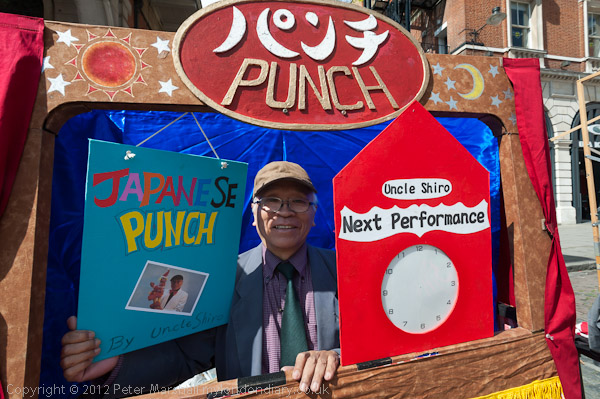
Punch and Judy professors from around the country and around the world brought their booths to Covent Garden this weekend to celebrate 350 years since Samuel Pepys first recorded a performance there in his diary.
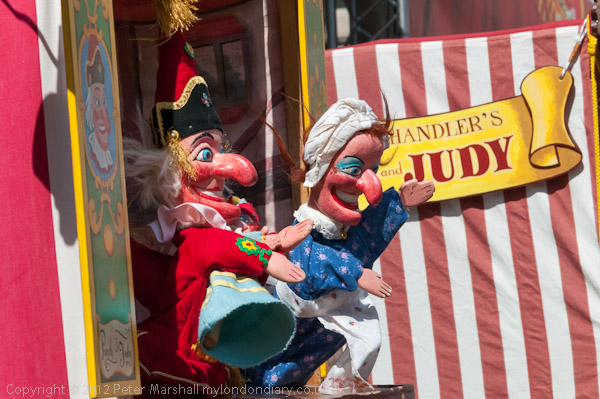
His was the first recorded performance of the “Italian puppet play” and though Punch was then called Pulcinella and has obvious earlier roots in Italy it is regarded as the start of Punch and Judy in England.
The fun was only just starting when I left for more serious matters in Westminster. More about the day and many more pictures at Punch Celebrates 350th Birthday
Morris Men Occupy Westminster
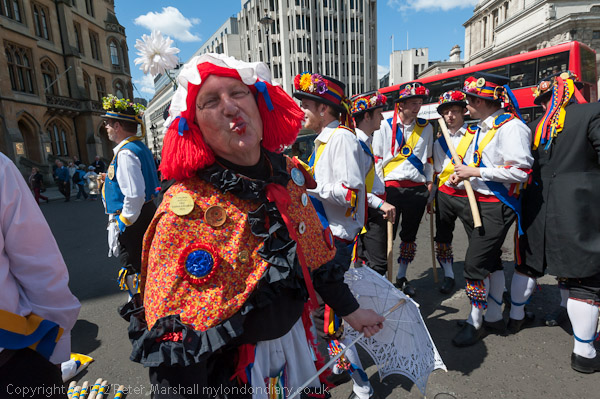
Pavements across Westminster were filled with gaily dressed men with bells on them leaping and dancing as twelve Morris sides performed in around twenty sets over the day in Central London on the Westminster Day of Dance.
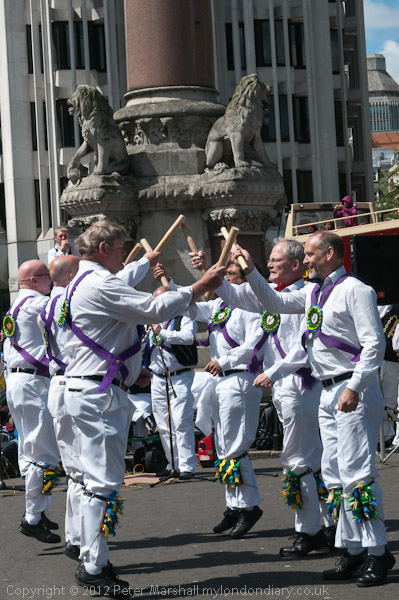
The performances were taking place at various locations in the City of Westminster, including the Victoria Embankment, St Margarets Westminster, Westminster Cathedral and Tate Britain, with the various Morris sides rotating between them throughout the day.
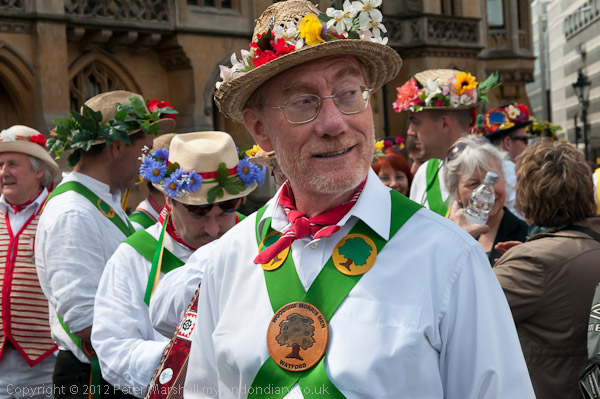
I left as the morning sessions ended and the Morris Men had a break for a doubtless mainly liquid lunch (dancing really is thirsty work) before the afternoon sessions which, after a euphemistically named ‘Tea Break’ were to conclude with a mass performance south of the river in Lambeth by the National Theatre.
Nakba Day Protest at Downing St
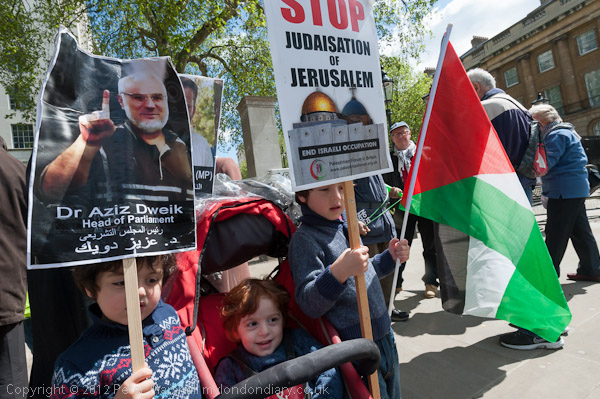
Nakba Day is generally commemorated on 15 May and remembers the eviction of around 750,000 Palestinians from their homes by Israel forces in 1948. This London protest opposite Downing St was on the nearest Saturday.

At the time of the protest around 2000 Palestinians were on hunger strike in Israeli jails in protest against ‘administrative detention’ which allows them to be detained for consequtive periods of up to six months without any charge or trial.

Israel was still displacing Palestinians from their homes – and is currently in 2025 planning to clear them entirely from Gaza, either killing them through starvation, bombing or military eviction. Back in 2012 they were planning to forcibly displace around 40,000 Palestinian Bedouin from the Naqab desert, threatening to demolish the homes of around 85,000 Palestinians in East Jerusalem and to forcibly evict 2,000 from the West Bank.
Unfortunately I had to rush away while people were still arriving for the protest as I had promised to photograph the crowning of London’s 100th May Queen and was only able to take very few pictures to accompany the text.
More at Nakba Day Protest in London.
London Crowns 100th May Queen – Hayes, Kent
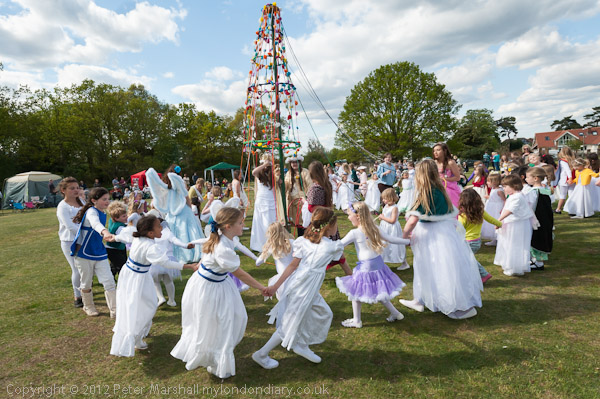
The 100th London May Queen was crowned at the Merrie England and London May Queen Festival on Hayes Common, Kent, part of an unbroken tradition stretching back to 1913. 20 other Queens and their realms took part.

The ceremonies at Hayes Common, now a part of the London Borough of Bromley, continued even during both World Wars, though they were then carried out inside the local church as it was feared the procession around the village might attract unwanted attention from the German air force.
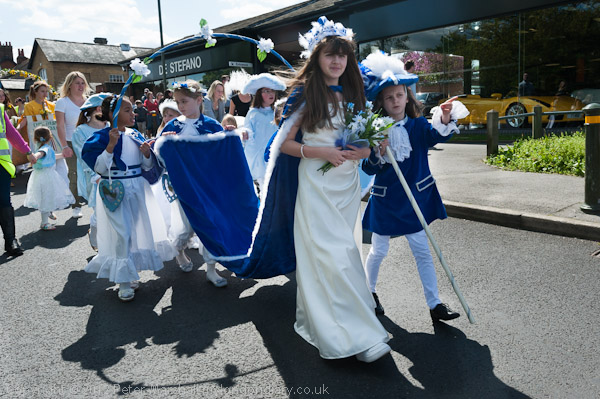
I’ve written often here and elsewhere about the London May Queen organisation and events, including a long account in my book London’s May Queens. [You can read a little more about this book – also available much more cheaply as an e-book – on >Re:PHOTO and can read the text and see many of the pictures at the book link.]

But there is one section of my post in 2012 which adds something to the story, so I’ll repeat it here.
“Whitelands College in London started its May Queen festival rather earlier in 1881 at the prompting of John Ruskin, and this still continues at the college (now part of the University of Roehampton) although since the college now admits men, some years they have a May King in place of a queen. Talking to one of the organisers of the event yesterday I learnt that Deedy had worked at Whitelands – contrary to the published information on him.”

Fortunately I arrived at Hayes Common just in time – though rather out of breath having run from Hayes Station – for the start of the procession around the village before the crowning.
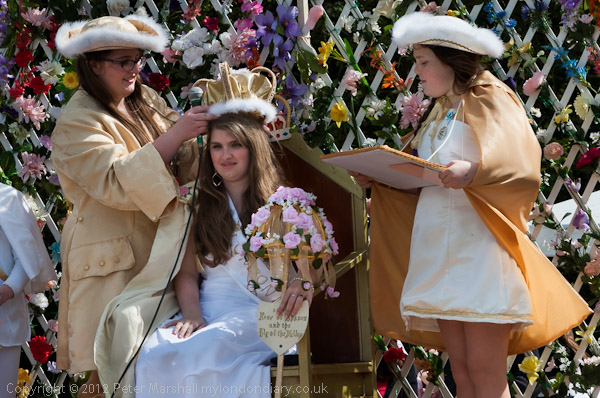
Text and many more pictures at London Crowns 100th May Queen.
Flickr – Facebook – My London Diary – Hull Photos – Lea Valley – Paris
London’s Industrial Heritage – London Photos
All photographs on this page are copyright © Peter Marshall.
Contact me to buy prints or licence to reproduce.
